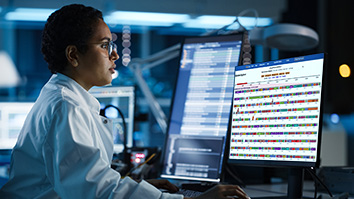Citation
Malachi, Y., Manna, Z., & Waldinger, R. (1984, August). TABLOG: The deductive-tableau programming language. In Proceedings of the 1984 ACM Symposium on LISP and functional programming (pp. 323-330).
Abstract
TABLOG (Tableau Logic Programming Language) is a language based on first-order predicate logic with equality that combines functional and logic programming. TABLOG incorporate advantages of LISP and PROLOG.
A program in TABLOG is a list of formulas in a first-order logic (including equality, negation, and equivalence) that is more general and more expressive than PROLOG’s Horn Clauses. Whereas PROLOG programs must be relational, TABLOG programs may define either relations or functions. While LISP programs yield results of a computation by returning a single output value, TABLOG programs can be relations and can produce several results simultaneously through their arguments.
TABLOG employs the Manna-Waldinger deductive-tableau proof system as an interpreter in the same way that PROLOG uses a resolution-based proof system. Unification is used by TABLOG to match a call with a line in the program and to bind arguments. The basic rules of deduction used for computing are nonclausal resolution and rewriting by means of equality and equivalence.
A pilot interpreter for the language has been implemented.


